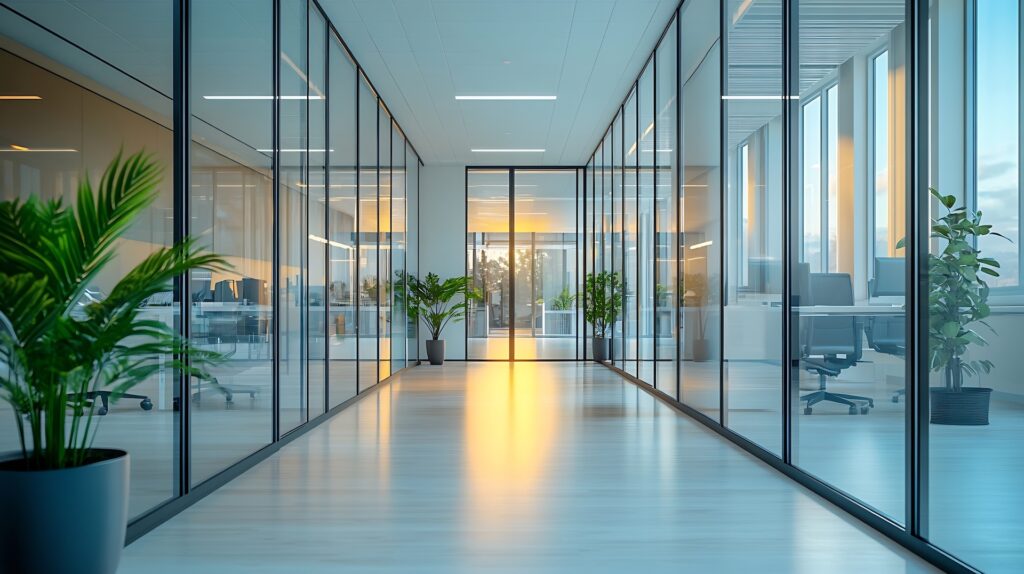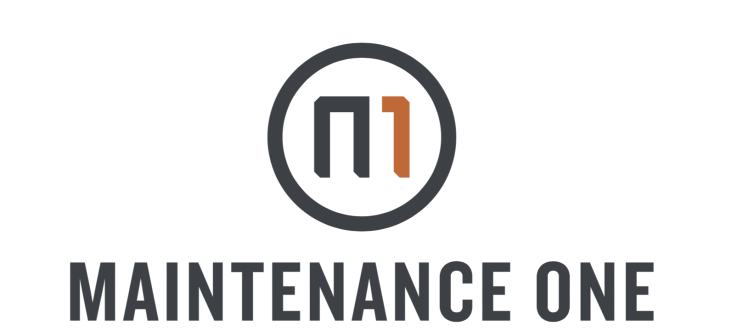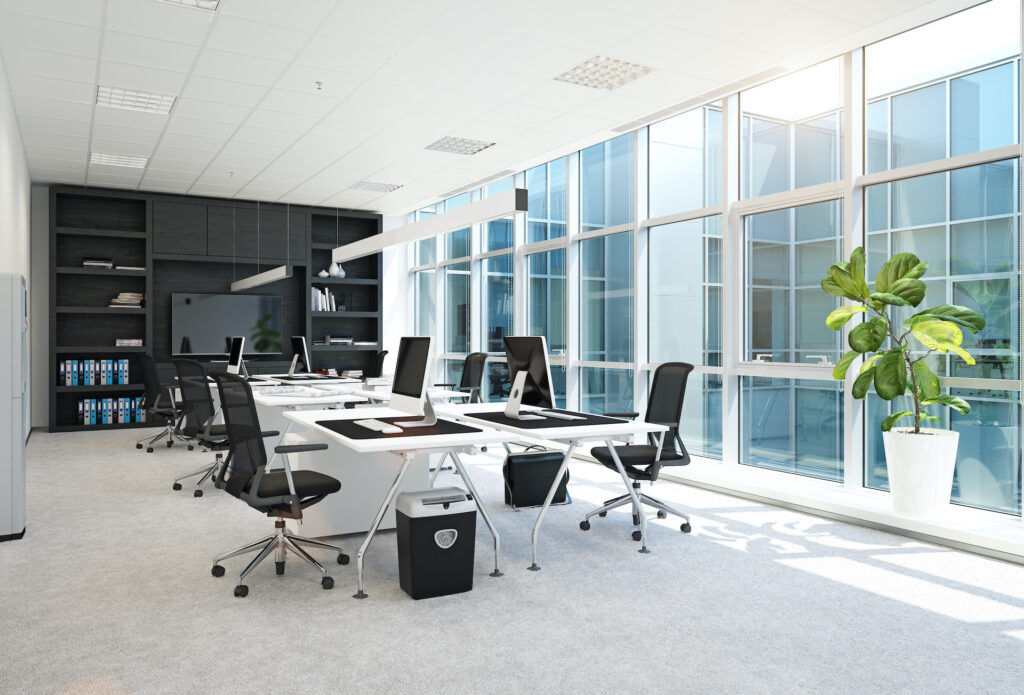When considering the cleanliness and hygiene of schools and offices, one often overlooked factor is flooring. Flooring plays a crucial role in maintaining indoor air quality, minimizing allergens, and ensuring a clean, professional appearance. The ongoing debate between carpet and hard surfaces raises an important question: which is better for maintaining hygiene in high-traffic environments such as educational institutions and corporate spaces?
The Importance of Flooring in Hygiene
Flooring is more than just a structural necessity; it directly impacts air quality, cleaning efficiency, and even employee and student health. Proper flooring maintenance can help mitigate the spread of bacteria, dust, and allergens, thereby contributing to a healthier work or learning environment.
In this article, we will compare carpets and hard flooring to determine which option is superior in terms of cleanliness and maintenance.
Carpet Flooring: The Pros and Cons
Pros of Carpet Flooring
- Sound Absorption: Carpet is excellent for soundproofing, which is beneficial in open-office environments and classrooms where noise reduction is necessary.
- Slip Resistance: Carpets reduce the risk of slips and falls, making them a safer option in certain areas.
- Dust Containment:Unlike hard floors where dust and allergens can become airborne quickly, carpets can trap dust and debris, preventing them from circulating in the air.
Cons of Carpet Flooring
- Allergen Accumulation: Although carpets trap dust and allergens, they require frequent vacuuming and deep cleaning to prevent buildup that can affect indoor air quality.
- Moisture Retention: Carpets can retain moisture, making them susceptible to mold and mildew growth if not properly maintained.
- Stain Susceptibility: Spills and stains can be difficult to remove, leading to long-term discoloration and requiring professional cleaning.
Hard Surface Flooring: The Pros and Cons
Pros of Hard Flooring
- Easier to Clean: Hard surfaces such as tile, vinyl, and hardwood are easy to clean with regular sweeping and mopping.
- Better for Allergy Sufferers: Since hard floors do not trap dust, pollen, or pet dander, they are often preferred in environments where air quality is a concern.
- Durability: Hard flooring tends to be more resistant to wear and tear compared to carpets, making them a long-term investment.
Cons of Hard Flooring
- Noise Levels: Hard surfaces can amplify noise, which may be disruptive in workplaces and classrooms.
- Slip Hazard: Certain hard flooring materials can become slippery when wet, increasing the risk of falls.
- Cold Underfoot: Unlike carpets, hard floors do not provide insulation, which can make spaces feel colder, especially in winter months.

Which Flooring is More Hygienic?
Hygiene is one of the primary concerns when choosing flooring for schools and offices.
- Carpets require frequent vacuuming with HEPA filters to effectively remove dust and allergens. Additionally, professional deep cleaning should be conducted at least twice a year to eliminate deeply embedded dirt and bacteria.
- Hard flooring requires daily sweeping and mopping, often with disinfectants, to maintain a high level of hygiene. Because they do not trap allergens, they may contribute to better air quality in the long run.
- In environments with high foot traffic, spills, or risk of contamination, hard flooring tends to be the more hygienic option. However, when properly maintained, carpets can also be a viable option, particularly in areas where noise reduction is a priority.
Best Practices for Maintaining Flooring Hygiene
Regardless of the flooring type, regular cleaning and maintenance are key to ensuring hygiene and longevity. Here are some best practices:
For Carpets:
- Vacuum daily using HEPA filters to reduce allergens.
- Schedule deep cleaning every six months.
- Address spills and stains immediately to prevent permanent damage.
- Use entrance mats to minimize the amount of dirt tracked onto carpets.
For Hard Floors:
- Sweep and mop daily to remove dust and bacteria.
- Use non-slip mats in high-traffic areas to reduce slip hazards.
- Disinfect regularly, especially in shared spaces like offices and schools.
- Invest in floor finishes that provide extra protection against wear and tear.
Conclusion: Choosing the Right Flooring for Hygiene
Ultimately, the decision between carpet and hard flooring depends on the specific needs of the environment. Schools and offices should weigh the benefits of each type based on their priorities—whether it be ease of cleaning, noise control, or allergen reduction.
For high-traffic areas, where spills and contamination are concerns, hard flooring is the more hygienic choice.
For noise-sensitive environments where comfort is a priority, carpets can be beneficial but require diligent maintenance.
At Maintenance One, we specialize in maintaining clean and hygienic workspaces. Whether you have carpets, hardwood, or tile floors, our professional cleaning services ensure a healthier and more presentable environment. Contact us today to learn how we can help maintain your flooring and overall workplace cleanliness.


